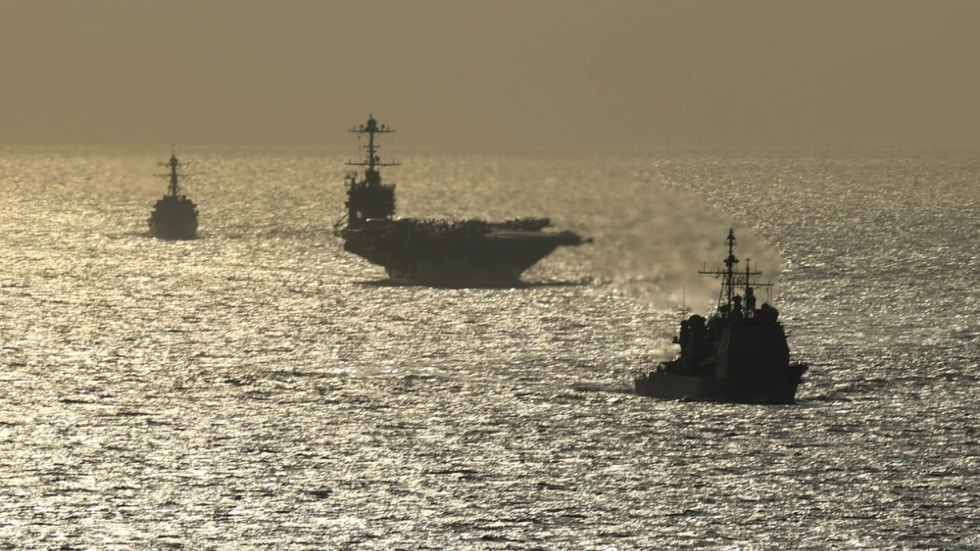The USS Harry Truman aircraft carrier strike group and other American warships have come under the command of the NATO alliance for major military drills in the Baltic, Adriatic and Mediterranean Seas.
Dubbed “Neptune Shield 22” (NESH 22), the war games will run from May 17-31 and involve 19 NATO members, among them Albania, Bulgaria, Croatia, Denmark, France, Germany, Greece, Italy, Latvia, Lithuania, the Netherlands, Poland, Portugal, Romania, Slovenia, Spain, Turkey, the UK and the US.
A NATO press release said several US ships will come under the control of the alliance’s Naval Striking and Support Forces command – also known as STRIKFORNATO – for the duration of the military exercises.
The @USSHARRYSTRUMAN is under the command and control of @NATO and will interact with 19 Allies at sea, in the air, and on land, all while utilizing space and cyber capabilities.
Neptune Shield 2022 has begun.
Read the full story here: https://t.co/T2ATsDF3v8 pic.twitter.com/dVIAiSKkRZ
— NATO JFC Naples (@JFC_Naples) May 17, 2022
“During NESH 22, we will conduct the handover of command and control of the USS Harry S. Truman Carrier Strike Group (CSG) and the Combined Task Force 61/2, which includes the USS Kearsarge Amphibious Ready Group (ARG), and the 22d Marine Expeditionary Unit (MEU) from SIXTHFLT to STRIKFORNATO and the wider Alliance.”
The Neptune Shield drills are a part of a larger series of military operations launched by NATO in 2020 called Project Neptune, an initiative meant to improve integration between the STRIKFORNATO command and the US Navy’s 6th Fleet. Earlier this year, 15 ships and some 90 aircraft took part in another round of drills known as Neptune Strike, also conducted under the same project.
The UK is currently leading another group of NATO members – as well non-members Ukraine, Georgia, Finland and Sweden – in military exercises just 40 miles from a Russian military base. Among the largest drills of their kind in decades, the “Hedgehog” exercise will kick off later this week in Estonia and continue until June 3, intended to simulate a Russian invasion of the Baltic state. A total of 15,000 troops from 14 countries will participate, according to NATO.






























